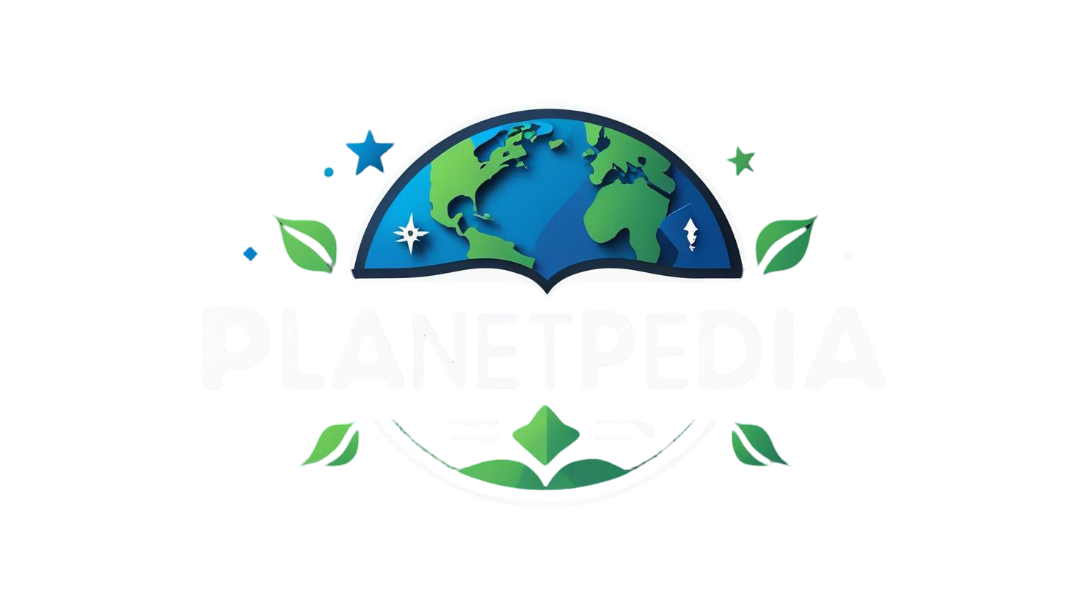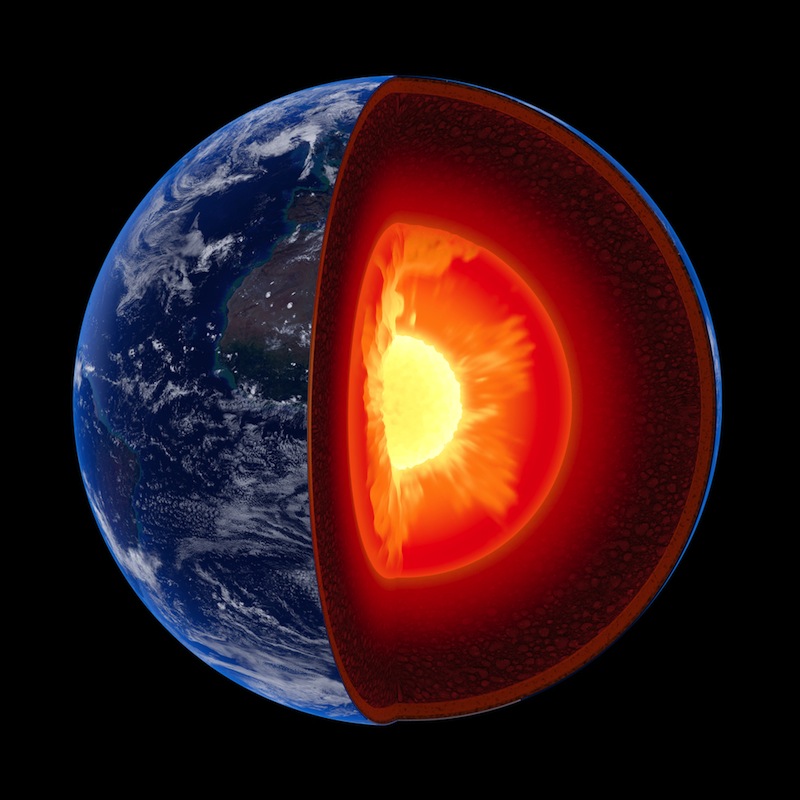Earth
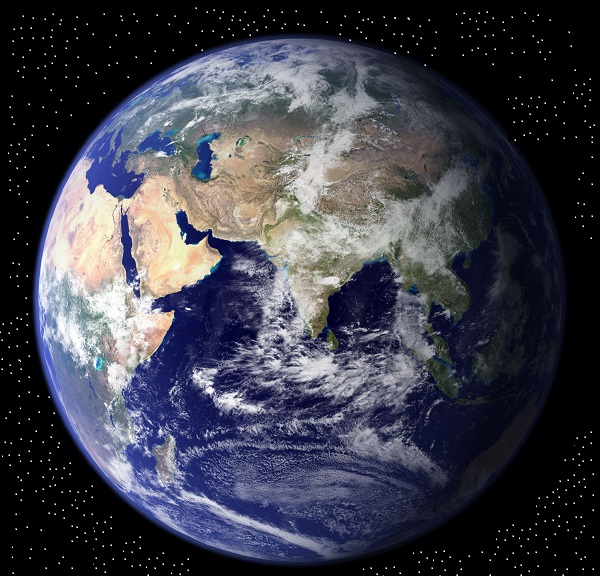
| Radius: | 6,371 Km |
| Age: | 4.543 billion years |
| Distance From Sun: | 149.6 million Km |
| Galaxy: | Milky Way |
| Permanent Gases: | Nitrogen, Oxygen, Argon |
Earth is the planet we live on. It is the third planet from the Sun. Earth is a sphere-shaped, slightly flattened at the North and the South Pole. Much of earth’s surface is covered by seas and oceans, separating the continents with their mountains, open plains, forests, rivers and lakes. The solid outer surface of the Earth that forms the continents and the ocean beds is called the Earth’s Crust. The Earth is the only planet in our Solar System that has a large amount of liquid water.
According to the Scientists, the Earth began to form about 4600 million years ago. The diameter of Earth measures 12757km, the distance between the poles is about 12714km. The surface of the Earth above sea level is about 149,600,000 square km. The area of about 360,650,000 square kilometers is covered by the Oceans.
Earth's Crust
The Earth's crust is solid but made of parts which move very slowly.
The Continental Crust which forms Earth’s dry land is thick, but consists of light rock. It is thickest beneath the mountains.
The Oceanic Crust which constitutes the ocean bed is composed of heavy rocks but is thinner.
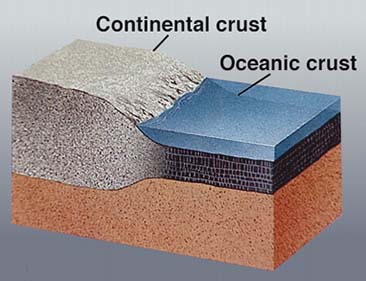
Tranformation of Earth
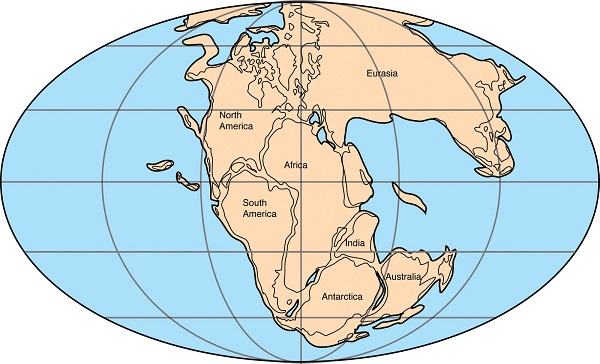
When Earth first began, the land formed one huge continent. In time, this gradually separated and spread out, slowly becoming the land masses and countries which we know today. This phenomenon is called the Continental Drift.
200 million years ago, dry land formed one continent called The Pangaea.
Pangaea was supercontinent that existed during the late Paleozoic and early Mesozoic eras.
The Pangaea slowly divided itself into two:
Laurasia and Gondwana.
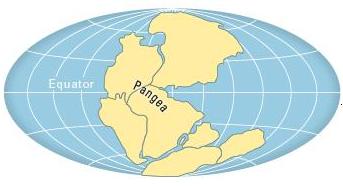
65 million years ago Earthquakes and volcanic eruptions divide the two continents into smaller parts.
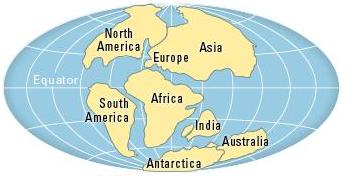
Today the Earth has seven continents: Asia, Africa, North America, South America, Antarctica, Europe and Australia.

